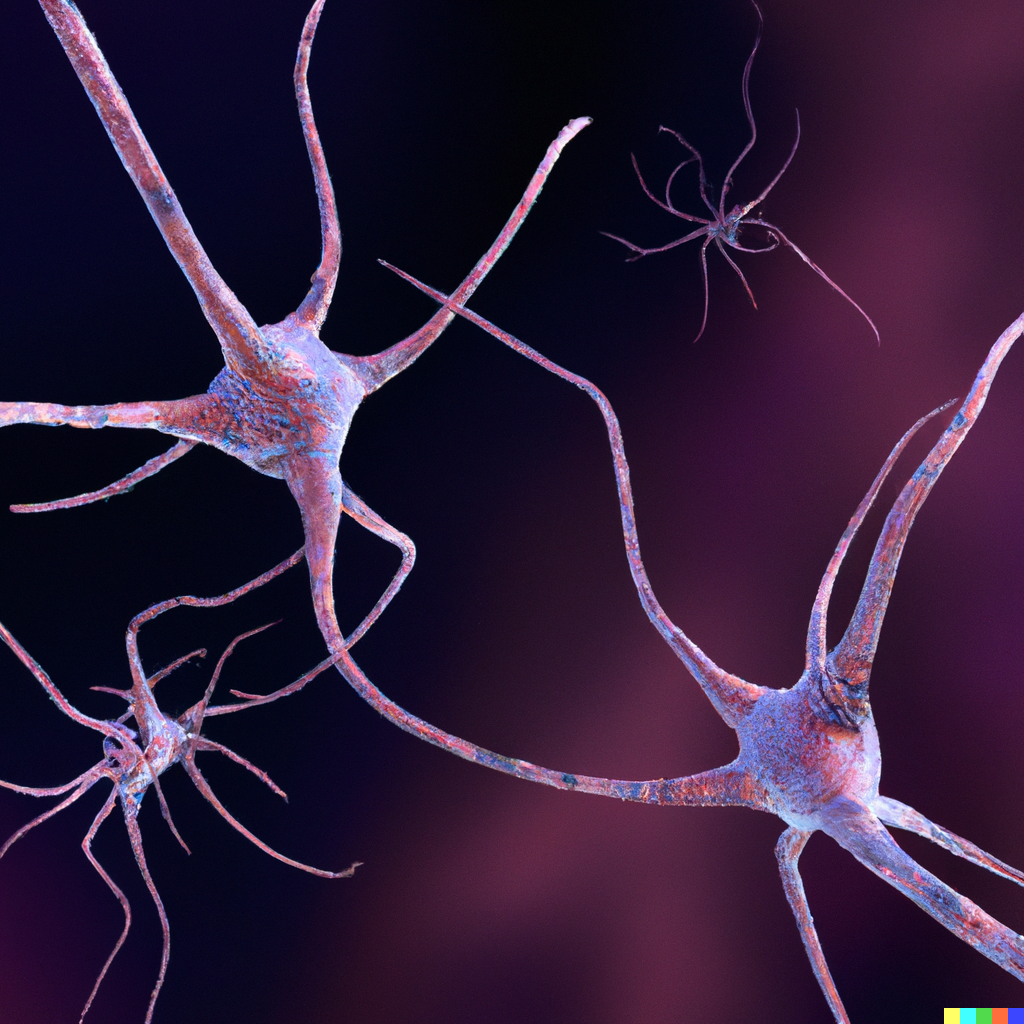What posture tells us about aging mechanics
As we grow older, our posture often changes in ways that tell a story about how our bodies are aging. These shifts in posture aren’t just about looking different—they reveal important details about the mechanics of aging inside our bones, muscles, and joints.
One common change is the development of a stooped or hunched posture. This happens when the upper back curves forward more than usual, causing shoulders to round and the head to jut ahead of the body. It’s not just an aesthetic issue; this stooping reflects deeper changes like loss of bone density in the spine’s vertebrae. As these bones become more fragile with age, they can compress or collapse slightly under normal pressure, which shortens height and alters spinal shape.
Muscle strength also plays a big role. The muscles supporting our back tend to weaken over time, losing endurance and power needed to hold us upright. When these muscles aren’t strong enough to counterbalance gravity pulling us forward, it leads to that characteristic rounded shoulder look.
Another factor is disc degeneration—the cushioning discs between vertebrae lose height and elasticity as we age. This reduces shock absorption in the spine and contributes further to curvature changes.
Hormones have a surprising influence too—especially estrogen for women after menopause. Estrogen helps maintain bone density by slowing down bone breakdown while promoting new bone growth. When estrogen levels drop sharply during menopause, bones become more porous and prone to fractures or compression injuries that affect posture.
Joints stiffen with age as well because ligaments and tendons lose elasticity while cartilage wears down from years of use. This stiffness limits flexibility and range of motion so movements become less fluid—another reason why older adults may appear more rigid or hunched over.
Neuromuscular coordination also declines with time; this means balance worsens along with muscle control making falls more likely if posture isn’t maintained properly.
All these factors combined mean that poor posture is often both a sign and cause of musculoskeletal issues as we get older: weak bones compressing under weight; weaker muscles unable to support proper alignment; stiff joints limiting movement—all contribute toward an aging body’s mechanics shifting visibly through its stance.
The good news is many aspects of postural decline can be improved or slowed down by strengthening exercises targeting core stability and back muscles, maintaining good nutrition for bone health including adequate calcium and vitamin D intake, staying active regularly for joint mobility, using ergonomic supports when sitting long hours (like lumbar cushions), plus being mindful throughout daily activities about keeping shoulders back rather than slouched forward.
In essence, what your posture reveals about aging mechanics is how well your skeletal system holds up against natural wear-and-tear forces balanced by muscle strength—and how hormonal shifts influence this delicate interplay inside your body structure over time. Paying attention early on can help keep you standing tall longer into later life stages rather than gradually shrinking into a stooped frame that signals underlying mechanical decline beneath the surface appearance itself.





